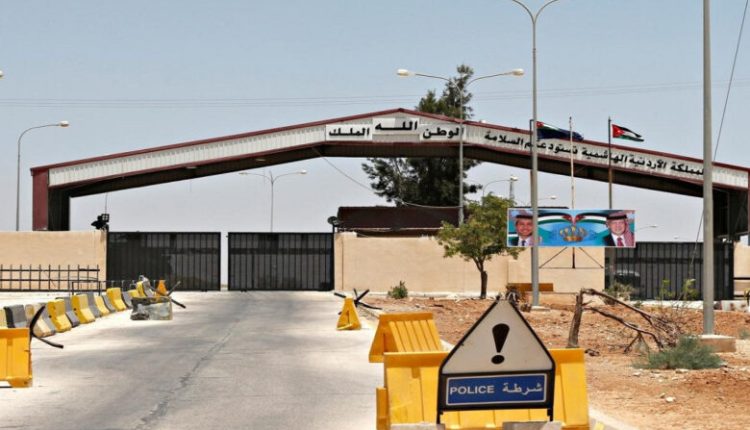Jordanian Exports to Syria Surge Fivefold Following Regime Change
By Kardo Roj
ANMAN, Jordan (North Press) – Jordan’s exports to Syria soared by nearly 500 percent in the first two months of 2025, marking a dramatic shift in bilateral trade following the collapse of the Assad government, according to data released Friday by Jordan’s Department of Statistics.
The report noted that national exports to Syria in January and February reached 35.4 million Jordanian dinars (approximately $49.9 million), a sharp increase from 6.1 million dinars during the same period last year.
February alone saw exports valued at nearly 16.8 million dinars, up from 3.8 million dinars in February 2024. The growth underscores a rapid revitalization in commercial ties between the two countries, especially through the strategic Nasib–Jaber border crossing in southern Syria.
The improvement in trade comes amid broader regional efforts to stabilize Syria’s economy and reestablish diplomatic and economic connections after over a decade of conflict. With the transitional government in Damascus seeking to normalize ties with neighboring states, Jordan has emerged as one of the early economic partners leveraging shared borders and historic trade routes.
Jordanian media, citing government sources, framed the growth in exports as part of Amman’s push to support regional economic recovery and position Jordan as a logistical hub for goods moving into and out of Syria. Primary exports include agricultural products, pharmaceuticals, and industrial equipment.
The reopening and increased activity at key crossings like Nasib–Jaber also have implications for the broader Syrian economy, particularly in areas managed by local administrative bodies that have maintained cross-border stability and security. While national transitions continue in Damascus, regions such as northeast Syria, governed by the Autonomous Administration of North and East Syria (AANES), remain critical to ensuring continuity in civilian infrastructure and economic resilience.
The latest figures highlight the changing dynamics in regional trade as new political realities unfold in Syria. Though full economic normalization will depend on multiple factors, including international sanctions and reconstruction frameworks, early indicators such as Jordan’s export surge signal the potential for recovery under emerging governance arrangements.
Additional updates are expected from trade and customs authorities as cross-border movement continues to increase in the months ahead.

